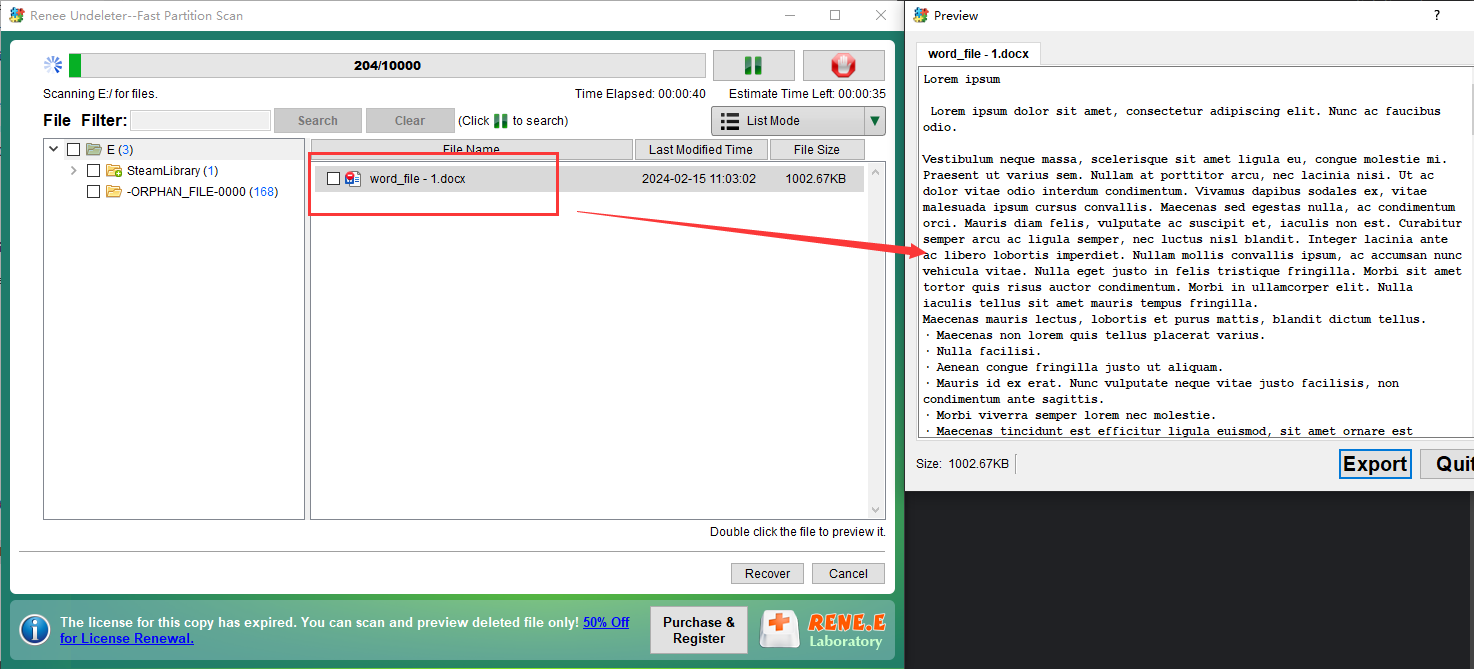Quick Tips to Fix Error “Operating System Not Found”
- Home
- Support
- Tips System Rescue
- Quick Tips to Fix Error “Operating System Not Found”
Summary
Discover the underlying causes and standard solutions for the "Operating System Not Found" error on Windows PCs. We'll also cover how to safeguard your data by transferring it during the troubleshooting process.
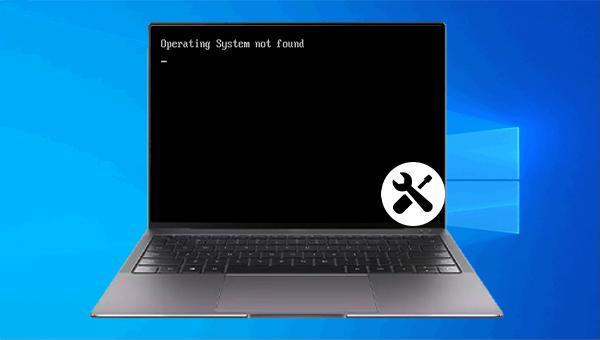
MBR boot record, DBR error parameters, 0xc00000e boot errors, startup failures, and blue or black screen problems. Compatible with Windows 10/8.1/8/7/XP/Vista, Renee PassNow caters to diverse system rescue needs.
Easy to use 3 steps to transfer the files.
Transfer the files Transfer the important files of the computer without system.
Preview the files Preview the files while transferring the data.
Multifuctional Data recovery, Windows password reset, bootable problem recovery can be run without system.
Highly compatible Windows 10/8.1/8/7/XP/Vista. Also supports UEFI boot mode.
Easy to use 3 steps to transfer the files.
Transfer the files Transfer the important files of the computer without system.
Preview the files Preview the files while transferring the data.
Free TrialFree TrialNow 2000 people have downloaded!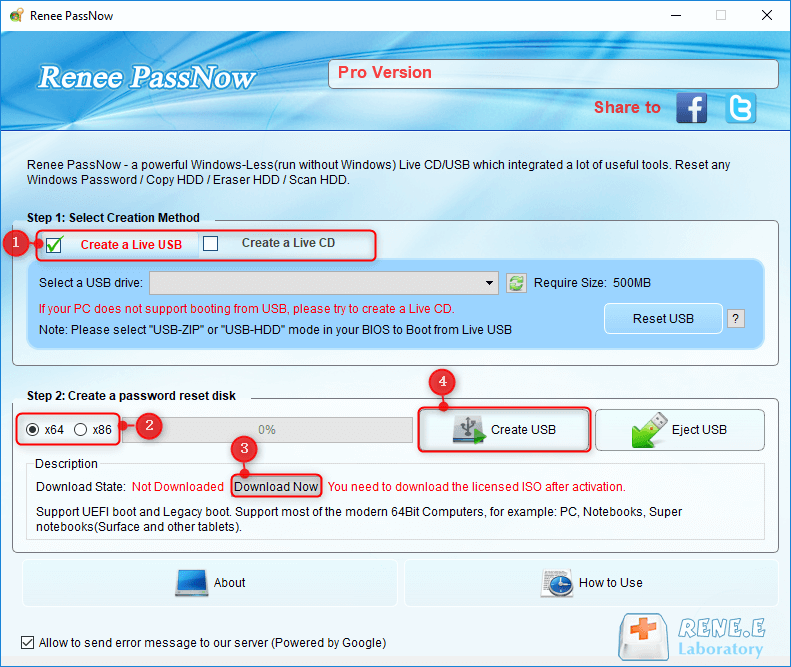
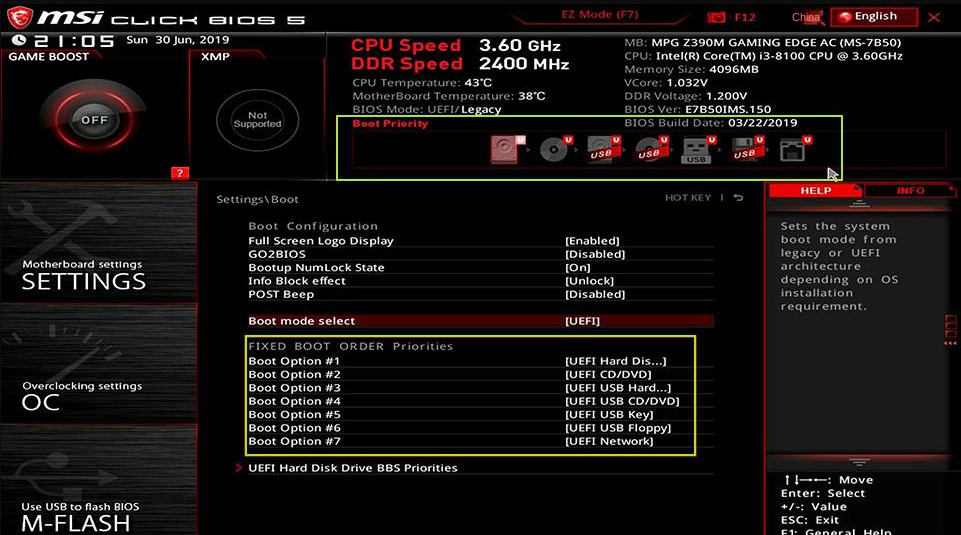
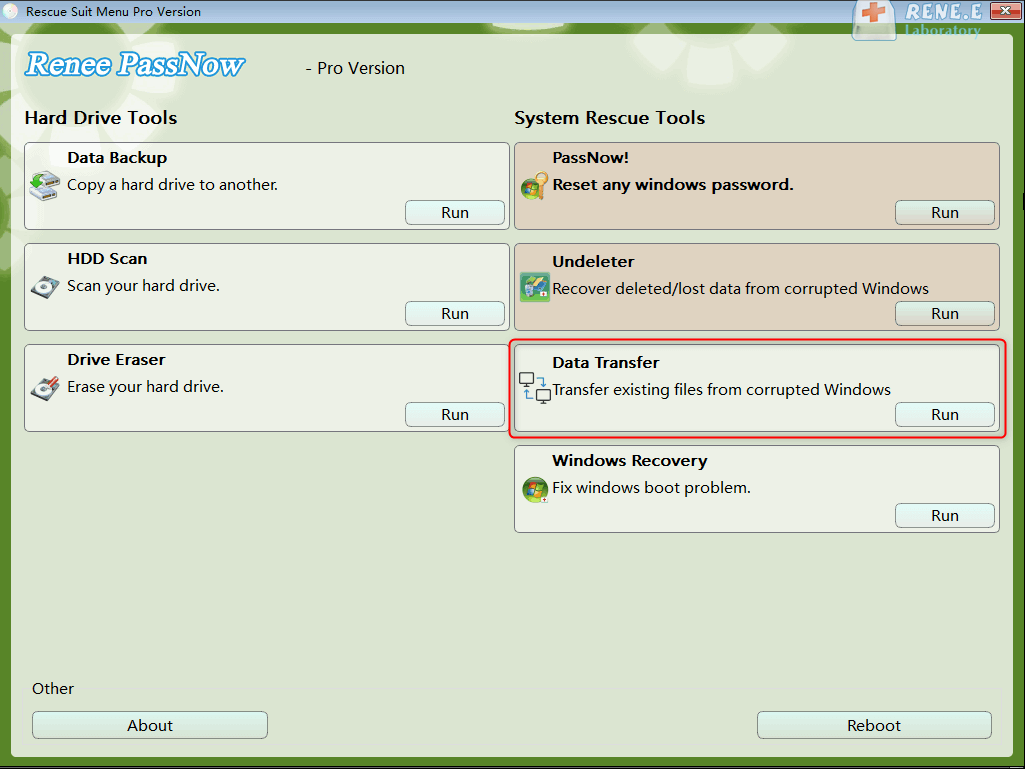
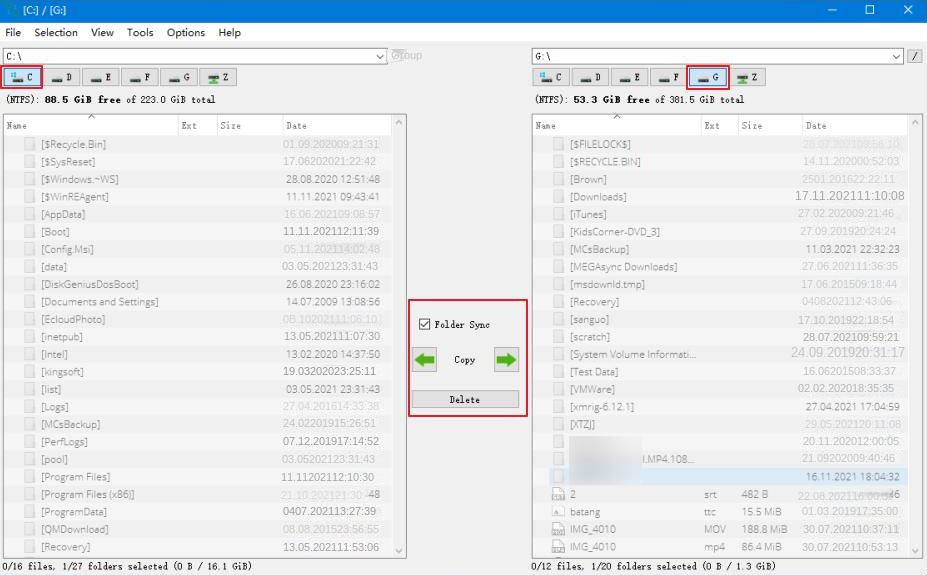
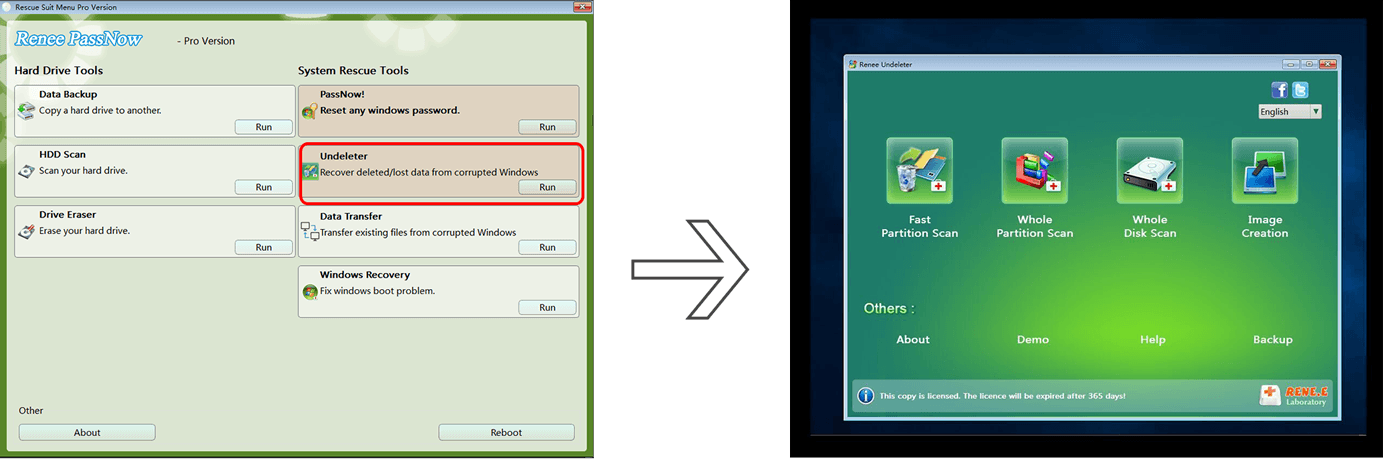
If you encounter the “No operating system found” error, it may be due to an incorrect BIOS boot sequence where the system disk is not set as the primary boot device. To resolve this, ensure the BIOS recognizes the system hard disk and verify the boot sequence settings. Follow these steps:
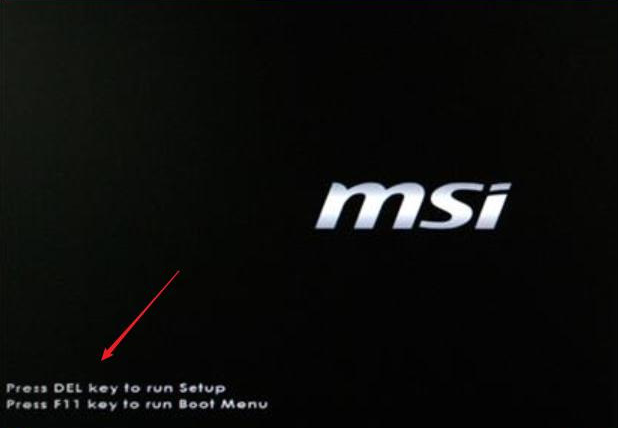
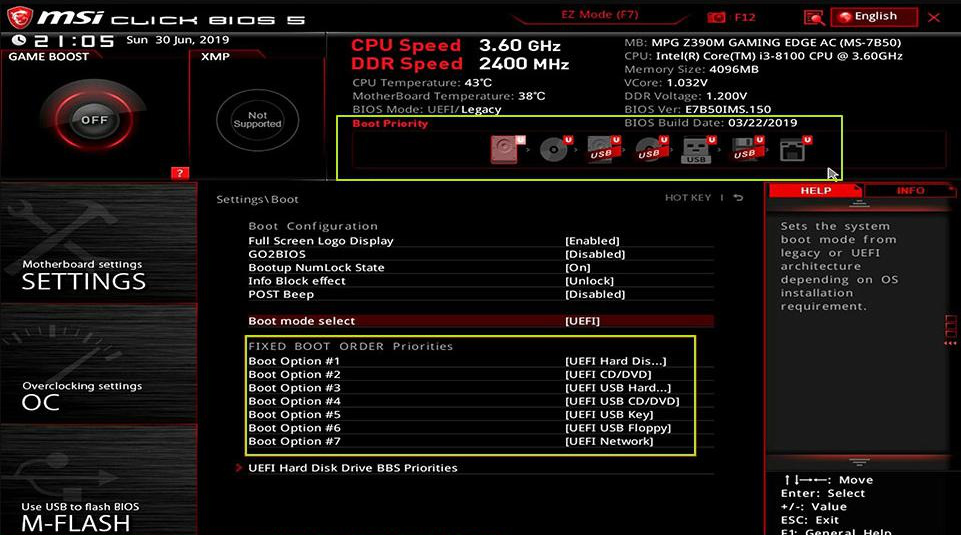
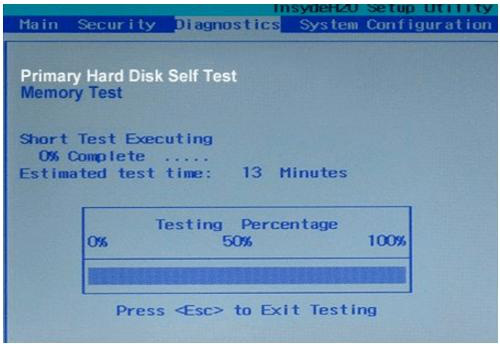
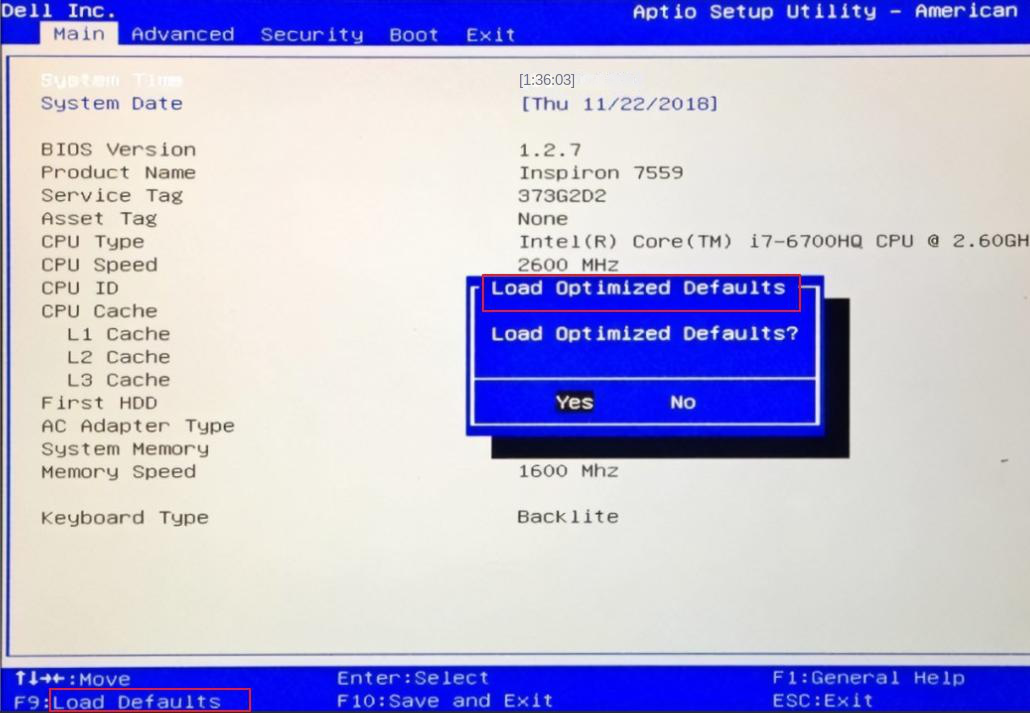
Relate Links :
How to Fix Computer Freezing After Windows 10 Update?
18-12-2023
Ashley S. Miller : Learn about the causes and common solutions for the error of computer freezing after windows 10 update. Also,...
Your Guide to Solving The Error That NTLDR is missing
07-04-2024
Jennifer Thatcher : Discover how to troubleshoot the "NTLDR is missing" error during startup and get back up and running smoothly....
Tips for Solving Blue Screen Error UNEXPECTED KERNEL MODE TRAP
07-04-2024
John Weaver : Discover practical troubleshooting techniques and solutions for resolving the UNEXPECTED KERNEL MODE TRAP error. Additionally, we'll guide you...
How to Fix Invalid Partition Table on Windows Computer?
28-07-2023
Amanda J. Brook : Find solutions for the Windows "invalid partition table" error and learn how to transfer or recover important files...
- I. Reasons for the error No operating system found when starting Windows
- II. Use Renee PassNow to transfer or recover important data before repairing
- 1. What is Renee PassNow?
- 2. How to use Renee PassNow to transfer or recover data?
- III. How to Fix Operating System Not Found Error on Windows?
- 1. Check the BIOS startup sequence
- 2. Detect hard disk problems
- 3. Modify the BIOS to default settings




